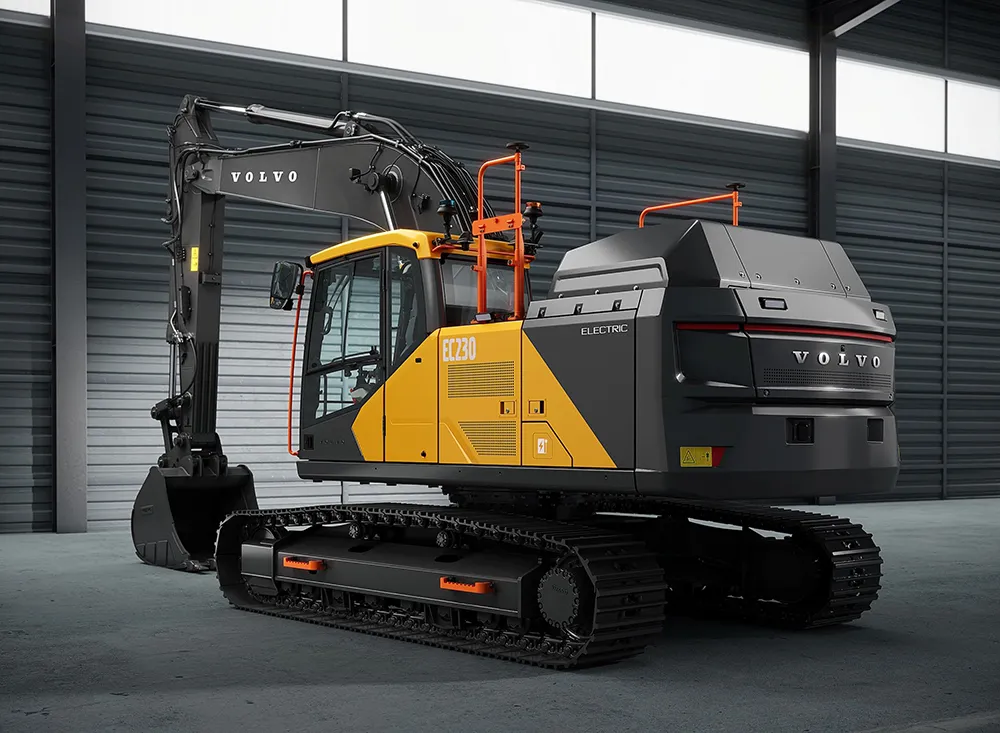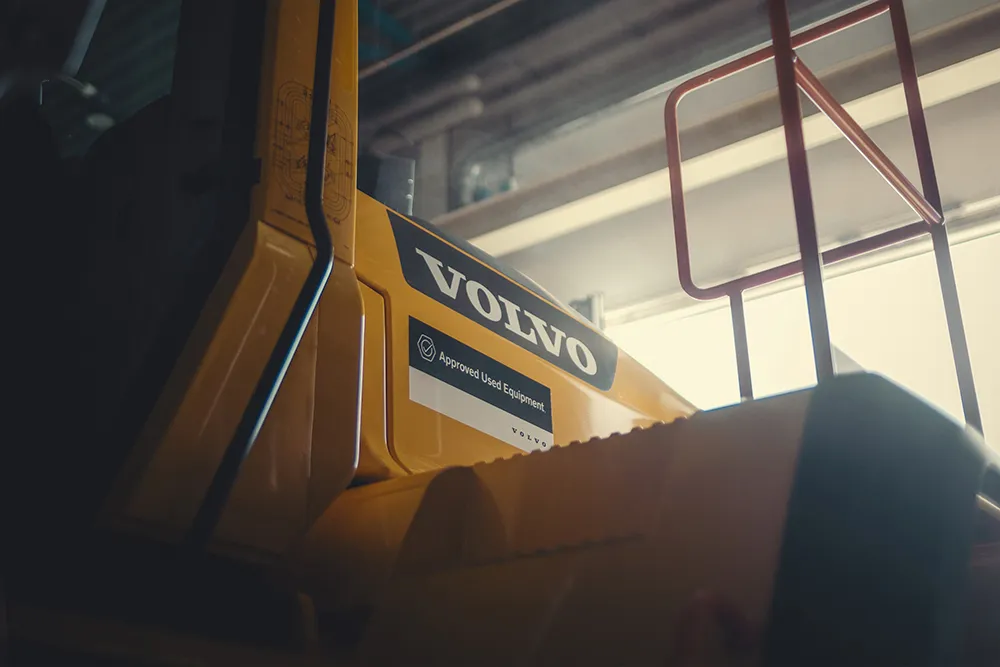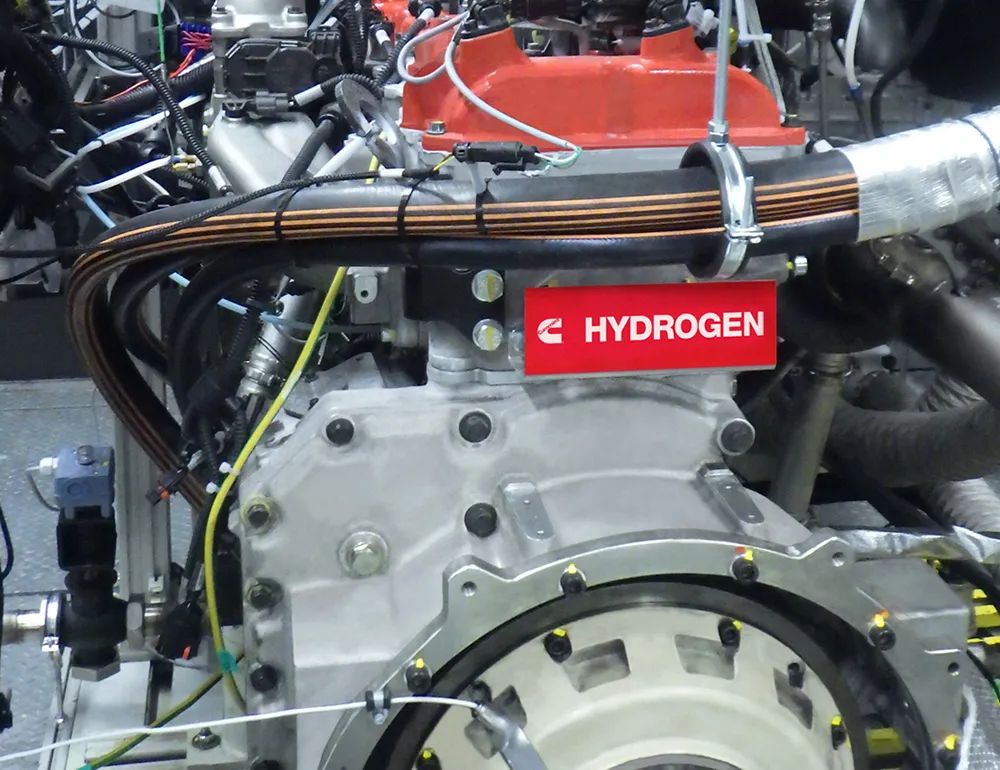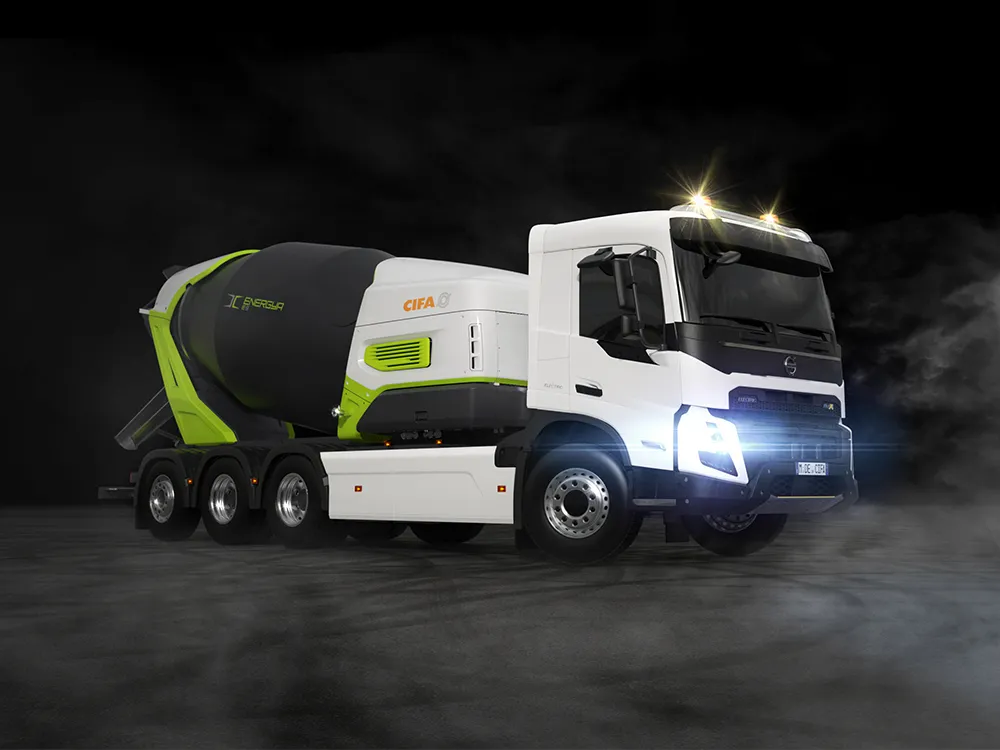
While electric passenger vehicle uptake appears to be slowing down, electric-powered machines on construction sites remains the future. So much so, that in a united effort to accelerate development and availability of zero-emission solutions in Europe, a group of electric pioneers set up a standing “roundtable” on open market standards.
The initiative was established by the electric foundation ENI (Emissionfree Network Infrastructure) and smart charging association ElaadNL (see box). The collaboration brings together players across the construction equipment value chain, such as Volvo Construction Equipment.
A memorandum of understanding for the roundtable was signed by Volvo CE and other founding members at this year’s bauma exhibition in Munich. The aims are to foster pre-competitive collaboration between companies to discuss and implement the scaling up of zero-emission construction solutions. One of the goals is to establish and publish industry standards, or protocols, on various design aspects of larger electric machines.
Such protocols are needed to control the speed and time of charging. According to the group, because the battery capacity of one machine is typically three to eight times that of a passenger car, the ability to smart charge is crucial to manage charging on a construction site. Some protocols exist but are not uniformly deployed by all suppliers of machinery and charging equipment. This results in frequent machinery compatibility issues on construction sites.

When the group was formed, Karl Uebel, an expert electromobility system architect, who is Volvo CE’s main representative in the collaboration, said there needs to be “deep cooperation” across the value chain. “This roundtable will support our continued development of electric solutions by allowing us to establish industry standards that support our customers in their unique transformation journeys.”
For example, Volvo CE notes that there is currently no industry standard for 48V DC charging solutions, the power required for electric compact machines. This makes it likely that customers will require many different types of chargers if they have a multi-branded fleet. Volvo CE has opted to publish its own brand-agnostic software protocol, as well as plug specifications. Other OEMs and suppliers can use it in the development of their own charging solutions, moving the sector closer to establishing an industry standard. Volvo CE says that by deploying these protocols more uniformly across all construction equipment suppliers, it will make it even easier for customers to make the shift to electric.
The roundtable group hopes to formulate a plan for continuation of collaboration into next year. For more information about the roundtable group, click here.
Who’s who
ENI - Emissionfree Network Infrastructure - is a Dutch foundation with more than 45 members from across the entire value chain of emission-free heavy duty machinery. About half of the organisation’s members are construction companies in the infrastructure sector; the other half consists of machinery dealers, converting companies and rental agencies as well as battery and genset producers. The members cooperate pre-competitively to speed up the development and availability of zero-emission (ZE) off-highway machinery above 20 tonnes, as well as power production units.
For more information, click here.
Meanwhile, ElaadNL is an innovation centre that researches and tests smart and sustainable charging of electric vehicles. ElaadNL is an initiative of the joint Dutch Grid Operators. Due to their mutual involvement in ElaadNL, the network operators are preparing for a future with electric driving and sustainable charging. Together with manufacturers, ElaadNL tests the latest techniques for charging electric cars, trucks and buses in its test lab in Arnhem. It also investigates the expected growth of various forms of electric transport, the associated charging infrastructure and how to integrate this smartly into the power grid.
For more information, click here.









